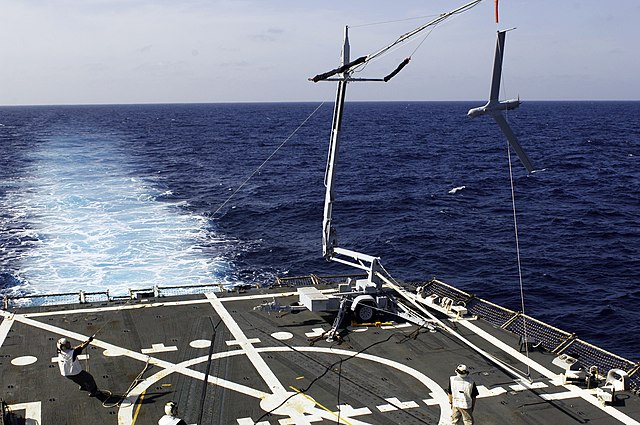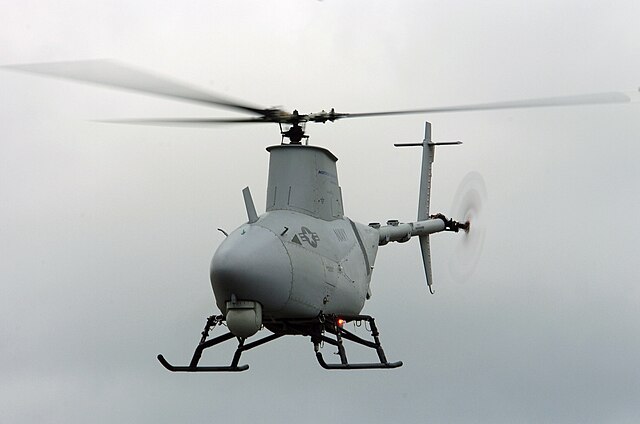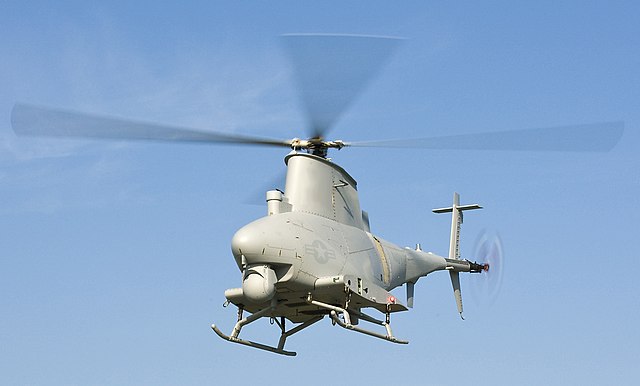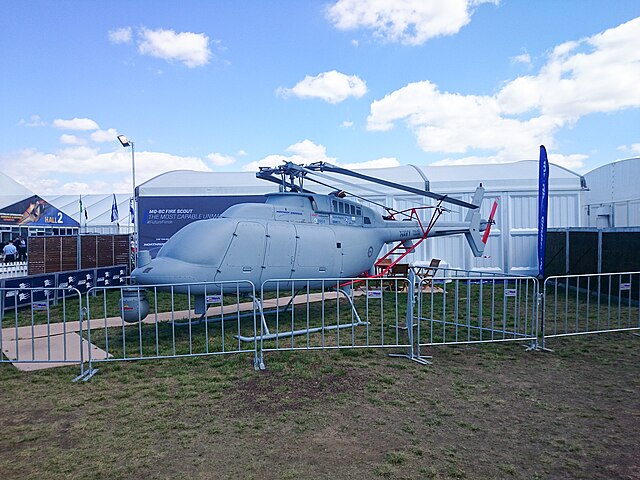The F125 class has the non-rotating multi-function
Airbus Group TRS-4D/NR (Non Rotating) Active Electronically Scanned Array (AESA) C-band radar version with two fixed arrays on the forward radar mast and two on the rear mast. The radar works using the technology of electronic beam scanning (E-Scan), which is deployed for both conventional, mechanically rotating aerials and immovably mounted radar aerial panels. Four aerial panels are distributed between two ship’s masts, each carrying two panels. Due to the real-time electronic control of the beam, this radar can carry out several reconnaissance tasks at the same time. For example, it can do a long-range scan of the sea and airspace while simultaneously concentrating on tracking individual targets. In comparison to conventional radars it thus achieves a significantly higher surveillance and detection efficiency and reliability. The radar’s performance is essentially based on numerous transmitter and receiver modules in the aerial, which are made from materials especially suitable for high frequencies. The radar offers three fundamental modes: Surveillance, Self-Defense and Sector (see table for performances). The maximum range of the radar is up to 250km, up to 14km for small surface targets and up to 100km for maritime patrol aircrafts. It can track up to 1,000 targets.
















